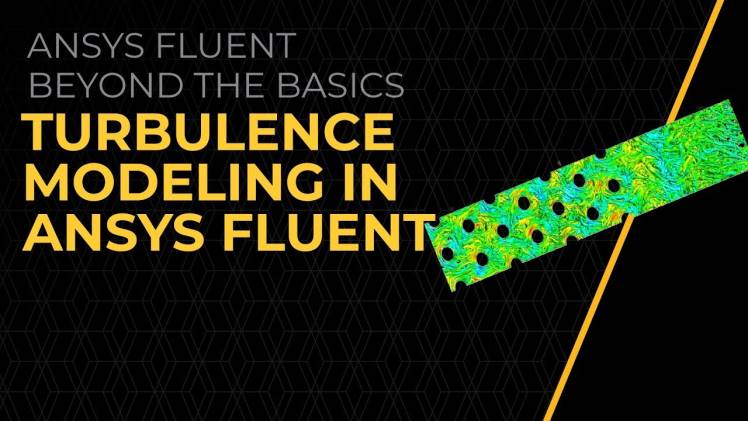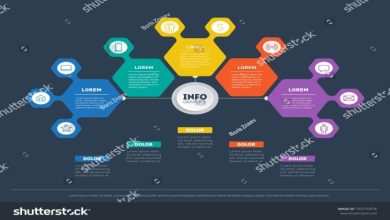Certification Courses on Turbulence Modeling- Everything To Know

Turbulence modeling is an integral part of physics and fluid dynamics that you must learn. But what if you want to establish your career in the same discipline? It is quite an exciting opportunity to learn a turbulence modeling course, mainly because it provides massive career opportunities in the near future. It is highly in demand these days, mainly in the mechanical and electrical sectors. Learn turbulence modeling to no more about the course details and gain practical knowledge for a better future.
Turbulence Modeling Course Overview
Turbulence modeling includes essential aspects like understanding equations, fluid mechanics, RANS, and a list of other essential core areas. A turbulence modeling course will enable you to have in-depth knowledge of fluid mechanics and turbulence structures. Here are some of the details of online certification courses on turbulence modeling.
Course overview and structure:
- What is turbulence- basics and in-depth understanding.
- Relation between physics and modeling.
- RANS.
- Dynamics and scales of turbulence.
- CFD software.
- Shear flows.
- Modeling basics.
- Practical knowledge of modeling.
- Simulating turbulent flow.
- Industry projects.
The course is usually completed within a span of 3 to 6 months. However, if you want to learn turbulence modeling with practical knowledge in detail, then you can extend the experimental understanding period to a few more months. It is crucial to go through each and every detail and focus on the core areas until and unless you become an expert.
Click here for more information : Movie4me
Skills that you will develop:
- Turbulence theory basics.
- RANS equations.
- A better understanding of fluid dynamics.
- A detailed analysis of CFD software.
- Solving complex turbulence convergence.
- A better understanding of fidelity models (high and low).
Career Opportunities After Taking a Turbulence Modeling Course
After you learn turbulence modeling from an excellent online course structure, your practical knowledge about CFD and modeling will improve. Not only that, but there is also a high demand for modeling engineers and experts, especially in the case of CFD engineers. Here are some of the attractive career opportunities after a turbulence modeling course online:
- CFD engineers.
- Aerodynamics expert.
- Flow and thermal engineer.
- Simulation engineer.
- Propulsion analyst.
- Turbulence modeling expert.
There are various other attractive areas of turbulence modeling that are under surveillance as of now. As a whole, it is a fascinating area of expansion where you will get a number of opportunities with exciting job offers from across the globe.
Conclusion
Any modeling course is going to provide you with in-depth practical knowledge of engineering designs. Turbulence modeling is mainly used in the aerodynamics sector, and you will need to authenticate certain information for further progress in the electronics sector. Not only that, but you will also need to provide important information and knowledge about CFD and turbulence modeling that will enable engineers to work on the improvement of the devices. As such, there is a vast scope for expanding your career in the engineering sector with turbulence modeling and CFD. Learn a good turbulence modeling course in order to know about the practical details so that you can establish a stable career ahead.




